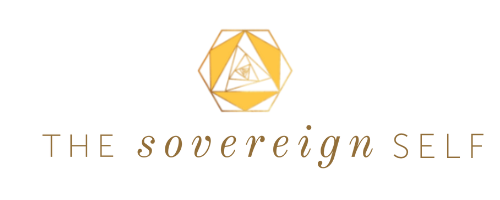You know how you can get stuck when you try to solve a problem?
In this blog, I’m sharing a different approach to problem solving – one that can potentially rock your world.
How we currently deal with problems
Typically, when we are faced with a challenge, we pick one of these methods to deal with it:
1) We try to talk, think or reason our way through the problem, but instead of moving towards a solution, we go around in circles: we explain how it got to be this way, we contemplate the dishonesty of the situation and who to blame for it, and onwards we go. Never really reaching a solution, basically stuck in the drama of it all.
2) We focus everything, and I mean EVERYTHING, on finding a solution, any solution, as quickly as possible. Contrary to the 1st approach, we don’t take any time to feel the pain or analyse the situation. As a former manager, I remember this as the better option: not just talking about what went wrong, no pointing fingers or blaming, but straight to solving this hick-up.
And when it’s done: on to the next.
These approaches lead to solutions that suffice at best, but are probably uninventive and limited.
Problem solving 2.0
Studying with Alan Seale, the founder of the Center for Transformational Presence, I learned a completely different approach to handling challenges.
It takes problem ‘solving’ to a whole new level.
Instead of going deep into the Drama or moving straight into Solutions, we ask ourselves two questions when we find we’re challenged:
1) How do I choose to be in relationship to this problem?
2) What opportunity is presenting itself through my problem?
How do I choose to be?
This is such an empowering question! It provides you with the opportunity to step away from your default reactions to stress and insecurity.
Let me give you a personal example: When my son isn’t happy about the food on his plate, he has the annoying habit of making that very, very clear by screaming about it. This is a big trigger to me: the noise and the pointlessness of it sets me off quickly.
By asking myself ‘How do I choose to be in relation to this situation?’, I relieve myself of my role as a victim of the situation and I allow for several things to happen:
1) I stop myself from reacting immediately;
2) I can take a deep breath (or two);
3) I take a look at the situation as if I wasn’t part of it, but merely a spectator;
4) that different perspective offers me information about the needs of my son, myself and the rest of our family.
These four build up to a conclusion of how I want to be. And believe me, that is always different then my initial, default reaction would have been.
What is the opportunity here?
There’re two things we need to understand about problems.
1) They always, always come with at least one solution.
2) They don’t come out of nowhere, there is always a lesson to be learned, a message to be heard or an opportunity presented.
Especially that last one might be difficult to acknowledge, because clearly problems aren’t any fun. So what would be positive about it? I know. And I am not saying that things cannot suck. But I am saying that ‘things’ arises to bring you something, namely lessons, messages and opportunities.
Given that fact, it is immensely powerful to be able to ask ‘What is the opportunity here?’ or ‘What wants to happen here?’ when challenges come up. The reason why simply being that it completely shifts your perspective from being a helpless spectator to the problem, to being back in power: co-creating a new reality.
In the case of my son’s food tantrums, there are many things that might be an opportunity for me. I’m probably learning to be calm even in the midst of storm, I may be learning to focus on love even when things get rough and I can think of plenty more. What wants to happen, is that I grow into bringing my wisdom practises to our kitchen table (instead of leaving them on my meditation pillow in front of my little house altar).
Moving beyond problem solving, into co-creating
To me, these two questions offer a completely new perspective on problem solving. No longer am I stuck in reinforcing what isn’t working because I simply cannot see beyond the situation I am in. Asking these two questions gives me the freedom to work with what is wanting to happing, instead of spending my energy on either pushing or pulling.
So now I am curious! Do you see the opportunities in this approach to improve your problem solving?
And in what challenging situation would you want to give Alan’s method a try.
Please add your opinion and experiences to the discussion in the comment area below!
